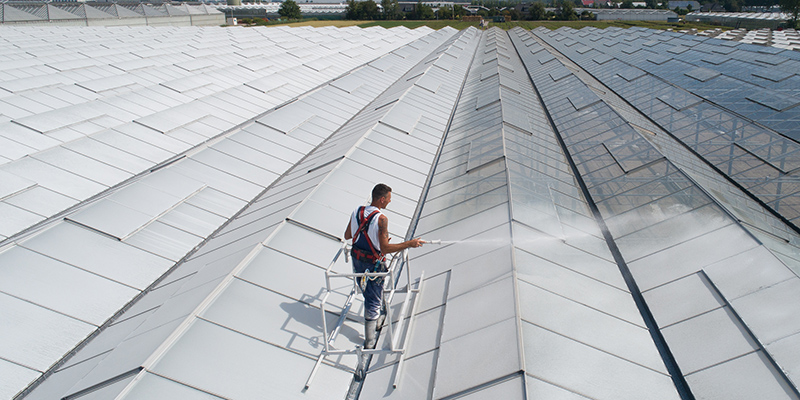International Research Targets Light Spectrum Impact on Plant Growth
A research paper on the various effects of lighting in a vertical farming environment is gaining more attention due to the current expansion of such farms.
The study, released by Dr. Ki-Ho, Son of the Department of Horticultural Science, and Dr. Kye Man Cho of the Department of Food Science and their Gyeongsang National University research team in South Korea, examines the effects of various horticultural light sources on overall plant growth.
“Vertical farming, one of the best solutions for controlled environment agriculture, makes possible the perfect regulation and control of indoor environmental factors including temperature, humidity, CO2 concentration, and lighting,” Dr. Son says. “It further diminishes seasonal and climate limitations in farming, thus making mass production of high-quality food possible. Since all lighting in a vertical farm environment is contingent on artificial lamps, innovative lighting technology is imperative for successful vertical farming.”
Son goes on to say that lighting that had been used for horticulture has room for improvement in terms of heat release and life span.
“That is why LED lighting is mainly being used in innovative vertical farms these days. Especially, full-spectrum LED, which is a combination of blue, red, and green wavelengths, is becoming more popular than traditional narrow spectrum LED with only blue and red. This project was conducted to identify the most suitable light spectrum for successful vertical farms,” he says.
Gyeongsang National University conducted a series of experiments on the impact of light variations on plant growth and the secondary metabolites of two lettuce cultivars, namely butterhead and romaine lettuce. The lettuce plants were farmed over four weeks utilizing an LED lighting equipped system. While keeping all other conditions the same, they applied various types of LED light sources, the narrow spectrum LED, a combination of blue and red light, and three different types of white-based full spectrum LEDs. For the full spectrum LEDs, they used both conventional 450 nm peak wavelength as well as the 437 nm peak wavelength. They examined the rate of holistic growth and analyzed the nutritional components to observe overall plant quality.
Learn more here.









